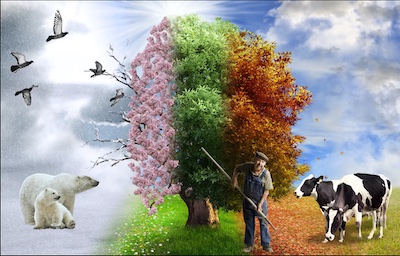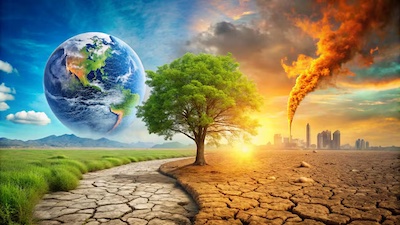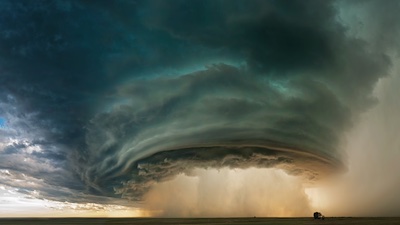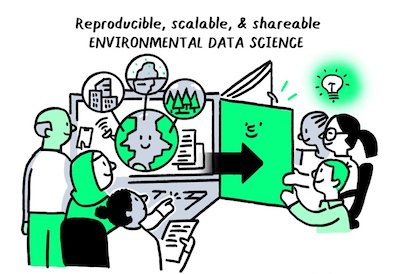The same commitment to the study of global environmental change that propels my research also inspires my teaching. My aim as a teacher is to prepare and inspire students to be ethical environmental scientists who combine scientific research with policy analysis to provide integrative assessments of the impacts of climate and weather extremes and inform decision-making on global environmental challenges. I believe in establishing clear intended learning outcomes throughout courses, active learning through real life examples and class participation, and student assessment. You can learn more about my teaching philosophy.
My teaching focuses on the complex interactions between humans and our environment.
Here is a list of courses I teach every year:
- Crisis in the Environment

Science and Society 9 (SAS 9) is an undergraduate general education course that explores contemporary environmental issues. We examine the causes, effects and solutions to a wide range of environmental problems facing the global ecosystem and society. The lectures also integrate the political, societal and economic dimensions of these issues. Topics covered include climate change, forest management and wildfires, air pollution, ocean exploitation and pollution, food and water insecurity and more. As a General Education course with Writing Experience, SAS 9 also has an emphasis on writing literacy, through scientific writing training and assessment where students learn about best writing practices in science and write a term paper on an environmental issue of their choice.
- Biometeorology

Atmospheric Science 133 (ATM 133) is an upper-division undergraduate course that explores the interactions between the biosphere and the atmosphere. Topics covered include the physical and biological basis for water vapor, carbon dioxide, and energy exchanges with the atmosphere associated with plants and animals, including humans. We also explore the microclimate of plant canopies, evapotranspiration, and microclimatic modification such as frost protection.
- Climate Change Science and Impacts

Climate Change Science and Impacts, cross-listed as Atmospheric Science 245 (ATM 245), Ecology 245 (ECL 245) and Hydrologic Sciences 245 (HYD 245), and nicknamed CCIS, provides an overview of climate change science with an emphasis on climate literacy, climate models and climate communication. The course examines the impacts of climate change on various sectors of the economy and ecosystem services, with a focus on water, agriculture, energy, health, infrastructure, ecosystem services, tribal and indigenous communities in California. Discussions also integrate the climate justice, political, societal, and economic dimensions of these issues.
Here is a list of courses I have been teaching occasionally:
- Severe and Unusual Weather

Atmospheric Science 10 (ATM 10) is an undergraduate general education course that surveys many types of severe weather and unusual atmospheric optical phenomena. The course includes plenty of fun in-class demonstrations and videos! For example, we make a cloud in a bottle, crush cans and we even have a tornado machine! In addition to identifying all the clouds in the sky, you will learn about optical phenomena like rainbows, sundogs, halos or mirages. You will also learn how to prepare for and what to do during extreme weather. So this course could literally save your life one day!
- Group Study - Environmental Data Science

Atmospheric Science 298 (ATM 298) is graduate group study course that aims to introduce environmental science graduate students to recent developments in the analysis, visualization and modeling of Earth system and environmental science data using the R and/or Python languages. This course focuses on large datasets with high-dimension (time, latitude, longitude, vertical levels, additional channels) and high-resolution that are considered “big data”. Students learn how to set up a GitHub repository and to version control and properly document their code. They also learn how to read, write and manipulate various types of Earth system and environmental science data (including Earth system model output) and train on a range of statistical analysis methods and visualization techniques.
Students enrolled in these classes can found more information on Canvas. If you're not enrolled but are interested in these classes, learn how to register.